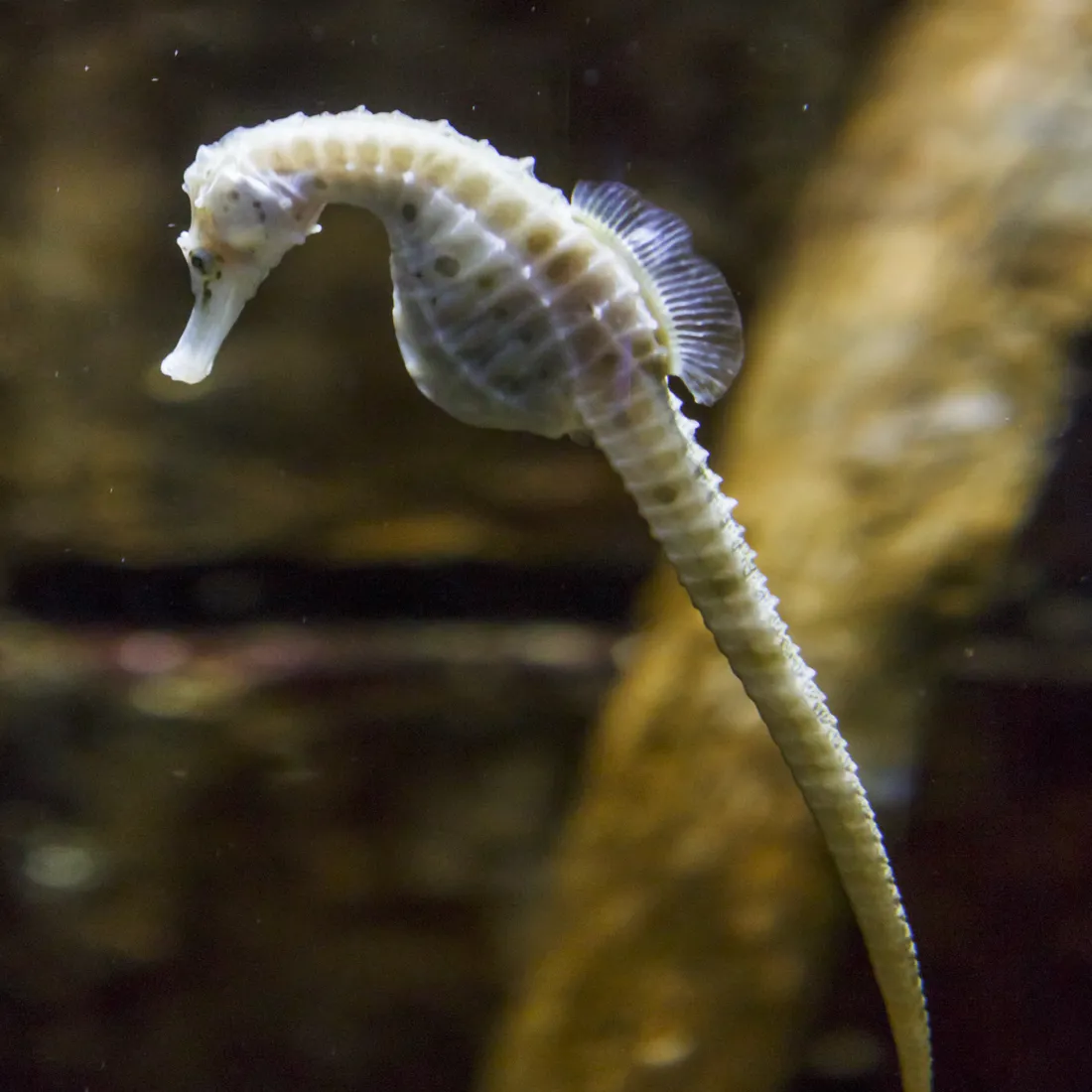Seahorses, belonging to the family Syngnathidae, are among the most fascinating creatures of the marine world. With their unique morphology, intriguing behavior, and captivating reproductive strategies, these small fish have captivated the attention of marine biologists and enthusiasts alike. This article explores the distinctive features of seahorses, their habitats, reproductive behavior, and the conservation challenges they face, providing a comprehensive overview of these enigmatic creatures.
Unique Morphology of Seahorses

One of the most striking features of seahorses is their unique body structure. Unlike most fish, seahorses possess a horse-like head, a long, flexible tail, and a tubular snout. Here are some key aspects of their morphology:
- Body Shape: Seahorses have an elongated body covered with bony plates rather than scales, giving them a distinctive appearance. This armor-like structure offers protection against predators.
- Prehensile Tail: Their tails are prehensile, allowing seahorses to anchor themselves to seagrasses, corals, and other underwater structures, providing stability in turbulent waters.
- Coloration: Seahorses exhibit a range of colors, from yellows and greens to reds and blues, often changing color to blend into their surroundings as a camouflage mechanism.
Habitat and Distribution
/GettyImages-508721095-57df0abc3df78c9cce876639.jpg)
Seahorses are found in shallow coastal waters around the world, predominantly in tropical and temperate regions. They inhabit various environments, including:
- Seagrass Beds: These underwater meadows provide important shelter and feeding grounds for seahorses.
- Coral Reefs: Seahorses often take refuge among the corals, where they can find food and protection.
- Mangroves: The complex root systems of mangroves offer excellent camouflage and a rich source of food.
According to the World Register of Marine Species, there are around 70 recognized species of seahorses, with varying distribution patterns across the globe. Some notable species include:
- Great Seahorse (Hippocampus abdominalis): Commonly found in the waters around New Zealand and Australia.
- Common Seahorse (Hippocampus hippocampus): Found in coastal waters of Europe and the Mediterranean.
- Pygmy Seahorse (Hippocampus bargibanti): Known for its tiny size and is often found on gorgonian corals in the Indo-Pacific region.
Reproductive Strategies: A Role Reversal

One of the most remarkable aspects of seahorse biology is their reproductive strategy, which defies traditional gender roles. In seahorses, it is the males that carry and nourish the young. Here’s how the process unfolds:
- Courtship: Seahorses engage in an intricate courtship dance that can last for several days. During this time, they change colors and swim together, strengthening their bond.
- Pouch Fertilization: After mating, the female deposits her eggs into the male’s brood pouch, a specialized structure on his abdomen. The male fertilizes the eggs within the pouch.
- Gestation: The male carries the developing embryos in his pouch for about 10 days to six weeks, depending on the species, during which he provides oxygen and nutrients.
- Birth: Once the embryos are fully developed, the male goes into labor, expelling tiny, fully formed seahorses into the water. This can result in the birth of up to 2,000 young at once.
Feeding Habits: The Art of Ambush

Seahorses are opportunistic feeders with a diet primarily consisting of small crustaceans, such as shrimp and plankton. Their feeding strategy is unique and involves:
- Vacuum Feeding: Seahorses lack teeth and a stomach. Instead, they use their elongated snouts to suck in prey by creating a vacuum, allowing them to consume food quickly.
- Camouflage: Their ability to change color helps them blend into their surroundings, making it easier to ambush unsuspecting prey.
- Feeding Frequency: Due to their lack of a stomach, seahorses must eat frequently, consuming food several times a day to meet their energy needs.
Conservation Challenges Facing Seahorses

Despite their fascinating biology and behavior, seahorses face numerous threats that have led to declining populations worldwide. Key challenges include:
- Habitat Loss: Coastal development, pollution, and climate change are destroying vital habitats such as seagrass beds and coral reefs.
- Overfishing: Seahorses are often caught unintentionally in trawling nets and are also targeted for their use in traditional medicine and the aquarium trade.
- Climate Change: Rising ocean temperatures and acidification can affect seahorse health and reproduction, further threatening their survival.
According to the International Union for Conservation of Nature (IUCN), several species of seahorses are listed as threatened or near threatened, highlighting the urgent need for conservation efforts.
Conservation Efforts and Future Outlook

In response to the declining seahorse populations, various conservation initiatives are being implemented globally:
- Protected Areas: Establishing marine protected areas (MPAs) helps safeguard critical habitats and provides a refuge for seahorse populations.
- Regulation of Trade: The Convention on International Trade in Endangered Species of Wild Fauna and Flora (CITES) regulates the international trade of seahorses, ensuring sustainable practices.
- Public Awareness: Educational campaigns and community engagement initiatives are raising awareness about the ecological importance of seahorses and the need for their conservation.
Successful conservation requires collaboration among governments, NGOs, fishermen, and local communities to ensure the survival of these unique marine creatures.
Seahorses are truly enigmatic creatures with their unique morphology, fascinating reproductive strategies, and compelling feeding habits. Their habitats, primarily in shallow coastal waters, are critical for their survival, yet they face numerous conservation challenges that threaten their populations worldwide. As we have explored, understanding the biology and ecology of seahorses is essential for their conservation. Through concerted efforts, including habitat protection and sustainable trade regulations, we can help ensure that future generations will continue to marvel at these extraordinary fish.
As we strive to protect seahorses and their habitats, we must remember that they are not just fascinating marine creatures but also indicators of the overall health of our ocean ecosystems. By safeguarding their existence, we contribute to the preservation of biodiversity and the health of our planet’s oceans.


